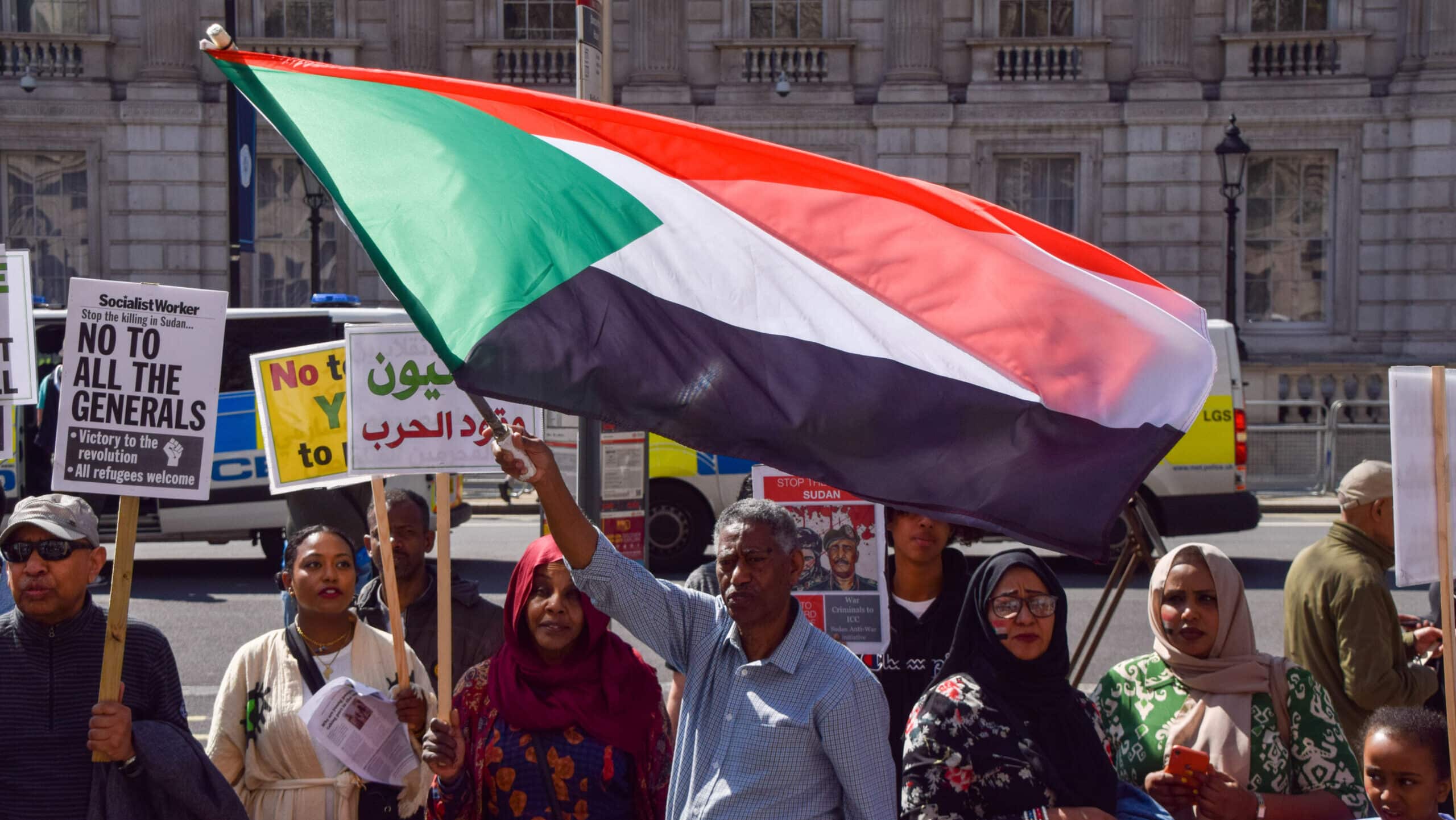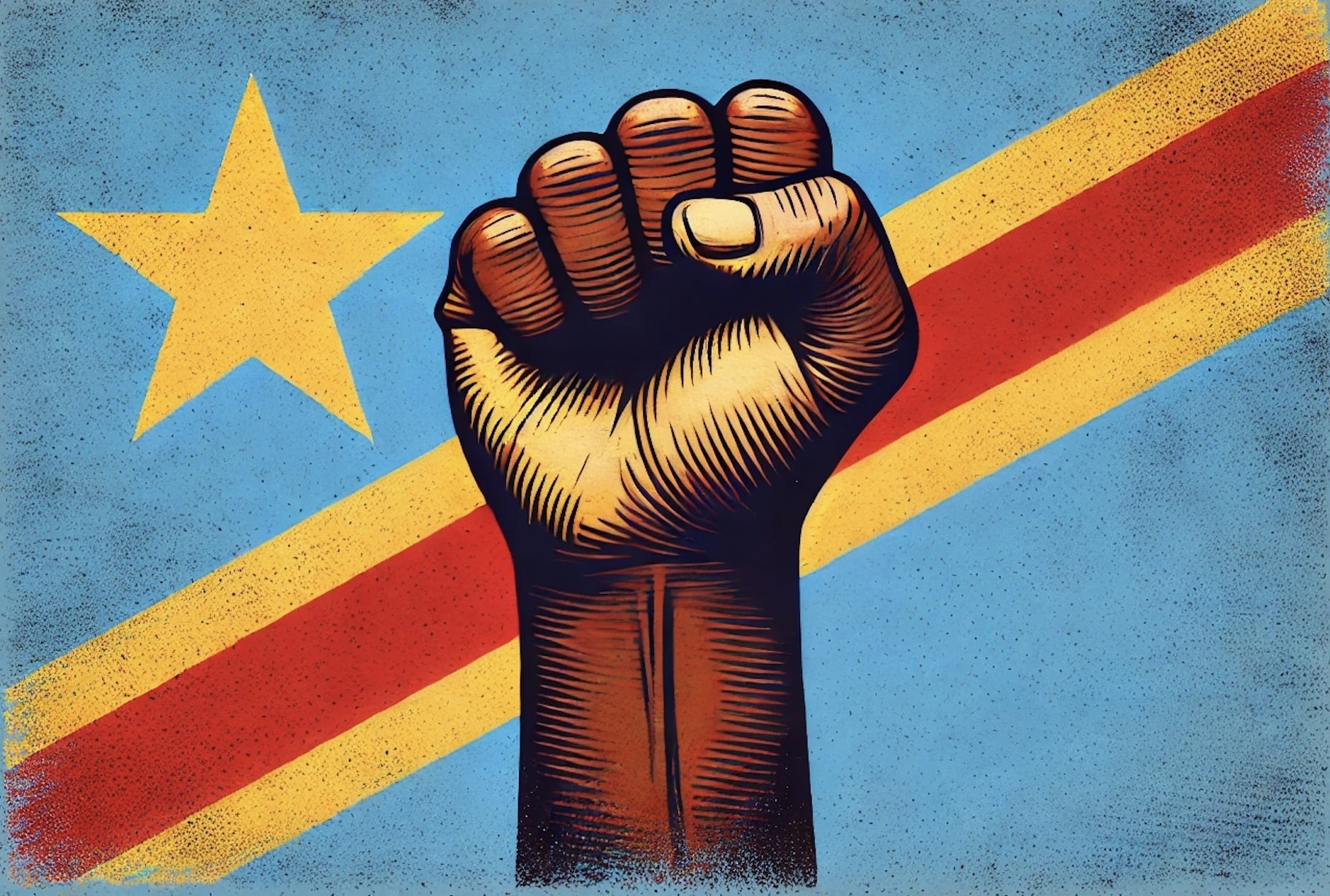Since 2014, the FMS has been working intensively with Partos and Woord & Daad (partnership Building Change) to put policy coherence for development firmly on the map in the Netherlands. In this way, we strive for an ambitious and coherent implementation of the Sustainable Development Goals (SDGs) adopted in 2015. Following the successful campaign 'Adopt an SDG' and the lobby for a SDG key in the policy-making process, we are focusing this autumn on the UN theme 'Financing for Development'. With Budget Day and the presentation of the national budget for 2020, September was also the perfect time to highlight policy coherence within the national budget based on the SDGs. Building Change did this with the opinion article 'include the SDGs in the national budget'.
Sustainable Development Goals
To start at the beginning, the SDGs were created by the UN in 2015 as a successor to the Millennium Development Goals. These 17 goals, with 169 sub-goals, are 'a universal call to end poverty, protect the planet and ensure that all people experience peace and prosperity before the year 2030.' To achieve these goals, many (new) measures and a lot of money are needed. That is why the UN organised a summit in Addis Ababa in 2015 to discuss how to finance sustainable development (Financing for Development).
From this summit followed the Addis Ababa Action Agenda in which all kinds of plans and ideas to make the SDGs financially feasible were drawn up. These plans ranged from establishing various investment funds with public and private money to plans to strengthen developing countries' tax systems and combat international tax evasion.
Including the SDGs in the budget cycle was also one of the ideas in the AAAA. This will not only increase the accountability of the budget's impact on the SDGs but also the coherence of the policies that follow from it. The SDG agenda is vast and by evaluating the national budget according to the impact of policies on the SDGs, conflicting decisions on all these diverse topics can be avoided. Moreover, it would also enable the Chamber to better hold the government accountable for how sustainable and social our budget is, nationally and internationally. That is why Building Change argues: include the SDGs in the national budget!
How to proceed?
This can be done in different ways. In Finland, for example, ministries are required to explain in the budget report how their policies affect the SDGs. This allows parliamentarians to clearly see the impact of policies on the SDGs in the budget. In Mexico and Colombia, they map how much money is spent on each SDG. This increases transparency, as it allows them to clearly account for what money is being spent on. A third example is using the SDGs as framework for budget requests. This requires each ministry to raise the impact of their policies on the SDGs when applying for money. Norway and Finland already partly use this system.
The SDG agenda poses a major challenge to the Netherlands. Including and discussing the SDGs in the budget cycle would be a nice step in the right direction for policy coherence and critical thinking. This year too, a budget linked to the SDG agenda has failed to materialise. Fortunately, the Addis Ababa Action Agenda offers many more opportunities for financing sustainable development. As Building Change, we will therefore actively engage in the coming months to get these ideas on the Dutch political agenda. To be continued!
Photo (cropped): Ministry of Foreign Affairs, 2019





